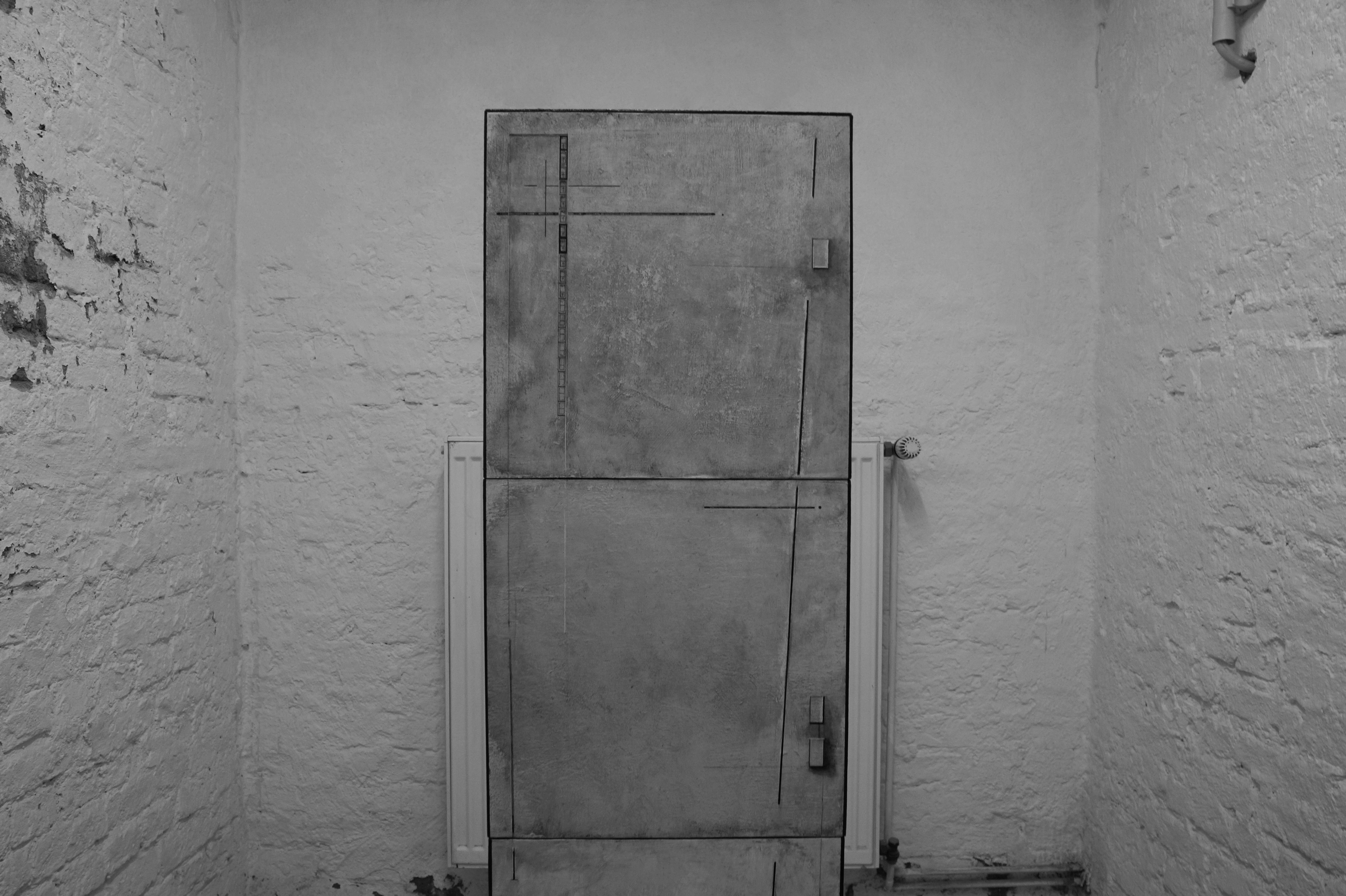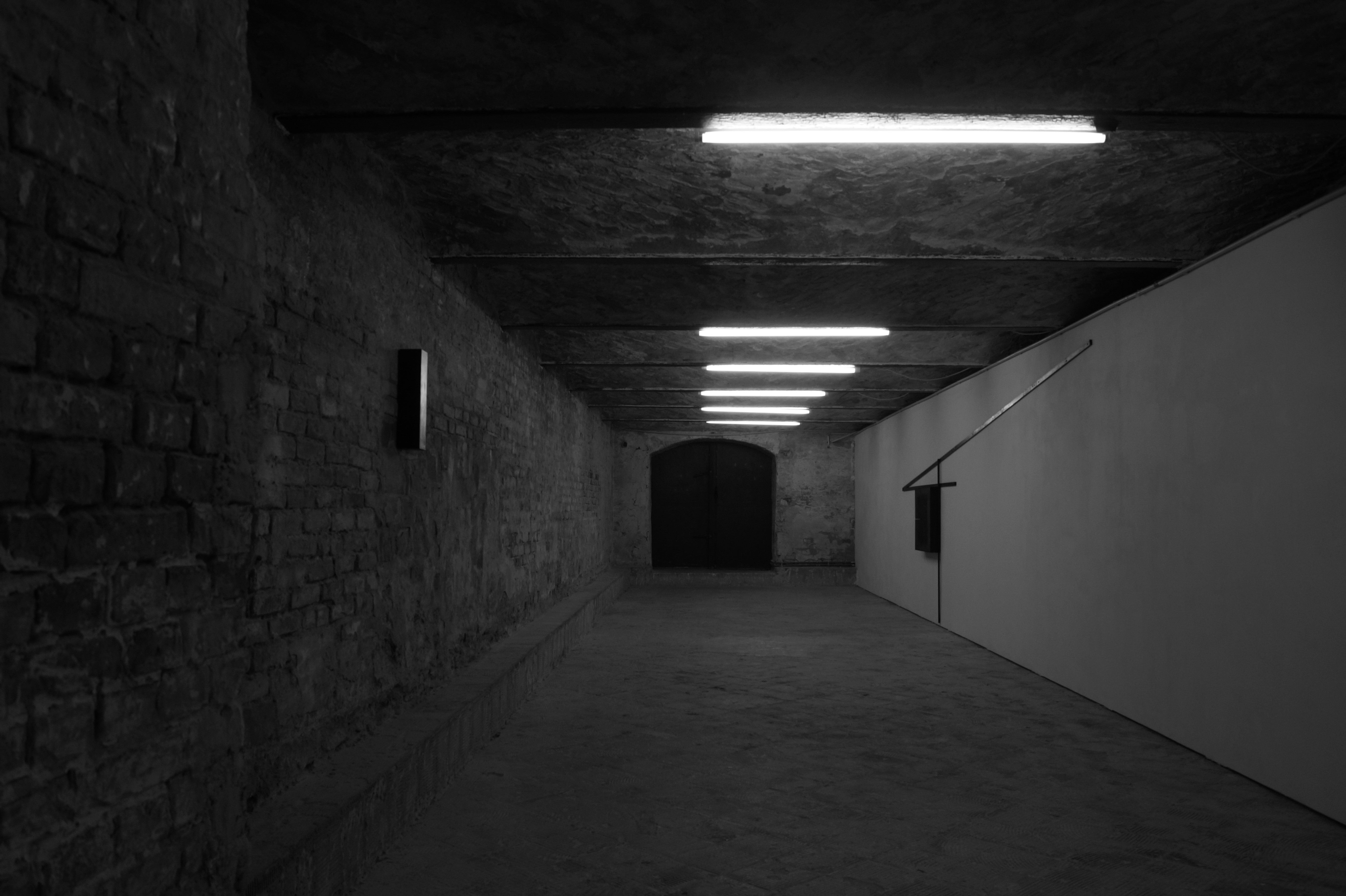
THE INNER INSULARITY OF UTOPIANISM _____ 06.04.2024 – 27.04.2024
UG Pandora art gallery, Berlin, DE
The exhibition features a total installation that brings together diverse materials and artistic techniques within a single spatial framework, aiming to convey the tense anticipation of an imminent catastrophe. The result is a multi-layered audio-visual landscape, a poetic composition built on a growing sense of anxiety and a melancholic, at times nostalgic, state.
In an era marked by escalating wars and the normalization of violence, this artistic statement seeks to revive humanistic values within a new post-apocalyptic reality, while drawing attention to both collective and individual memory. There has been undeniable progress in cruelty, and widespread self-deception is already leading to global catastrophes. Events we are currently witnessing. At the same time, the dominant visions of a “positive” future embraced by many Western societies appear increasingly narrow: superficial collective happiness, and a veiled, totalitarian utopia. Utopian thinking, in this sense, is closely intertwined with notions of isolation and insularity. We are witnessing a dynamic transition—from authoritarianism toward a totalitarian regime of social control. Mutual suspicion continues to erode the relationship between authority and citizen. The accumulation of distrust is increasingly felt across various societies.
Within this context, artists reflect on themes of exclusion, risk, and the potential of art beyond institutional systems. Mechanisms of exclusion allow those in power to impose extraordinary measures that would otherwise be impossible under normal circumstances. Perhaps the ideal social system has yet to be imagined, and the “isolated island” remains a distant projection of a political ideal.
Sofiia Yesakova and Polina Shcherbyna, artists from Kyiv, Ukraine, centre their practice on the philosophy of violence, drawing on texts by Giorgio Agamben and Georges Sorel. In this exhibition, they highlight the cyclical repetition of violent episodes and historical events, proposing that human nature, and history itself, is inherently dual. Recognising this duality is essential in any attempt to understand either.
Nina E. Schönefeld’s work focuses on political persecution, authoritarian systems, radical transformation, and the suddenness with which life can be altered. As Kazimir Malevich once noted, “Art is no longer interested in serving the state or religion—it no longer wishes to be an illustration of cultural history.”
Jinseok Lee reflects on co-dependency and human adaptability. Influenced by thinkers such as Rousseau and Sloterdijk, he questions the human tendency to conform in the face of structural change.
Sophie Constanze Polheim explores the complex relationship between humans and nature, alongside investigations into social power structures and hierarchies. Her practice draws from a variety of sources, including mythology and history.
Curated by Sofiia Yesakova
Text by Sofiia Yesakova
Group exhibition
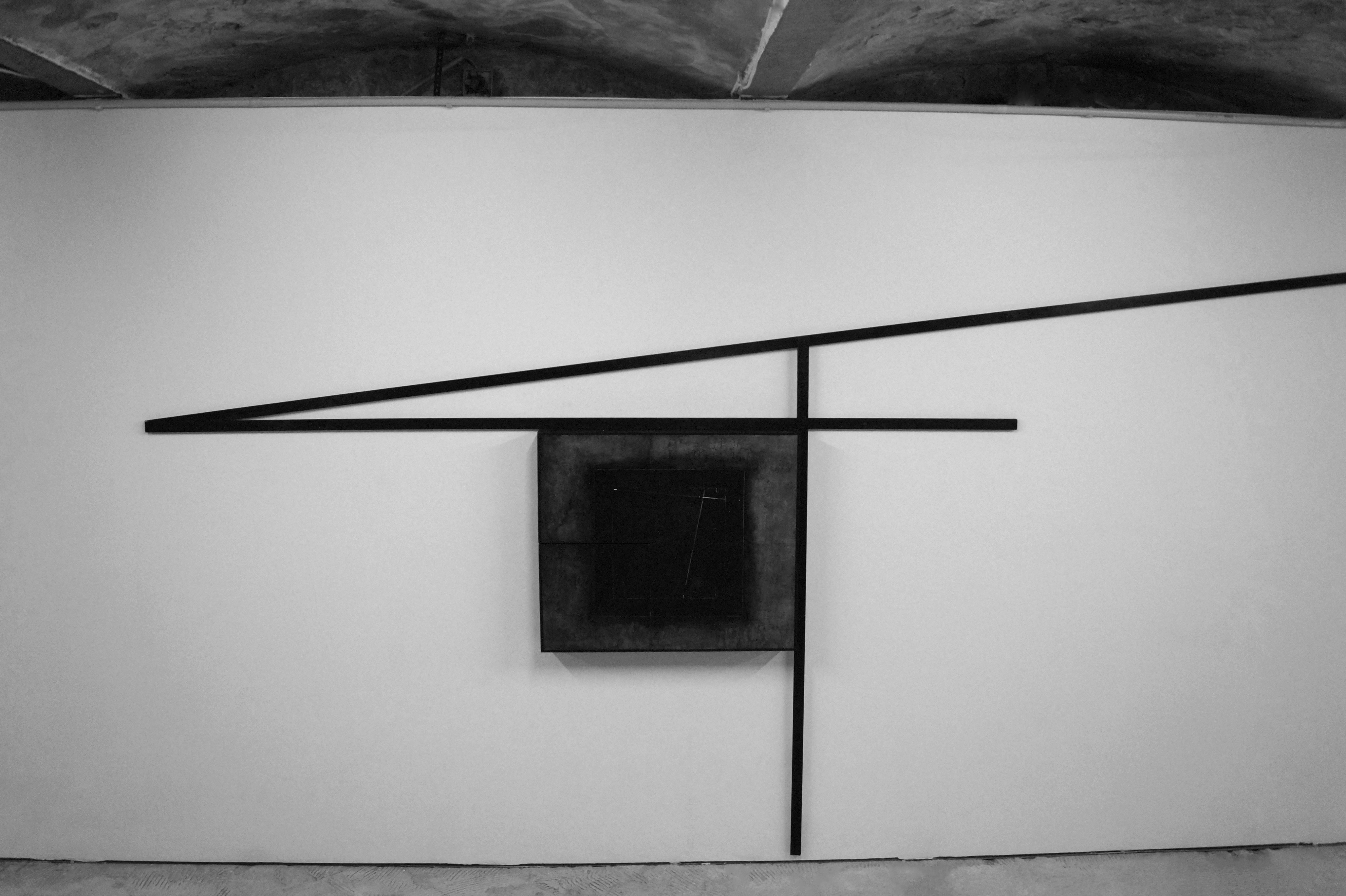
Cargo 200. Experimental projections on surfaces. 5.7., 60 × 70 × 9 cm, variable dimensions (pine wood planks), Acrylic, gesso and wood board, pine wood planks, 2024
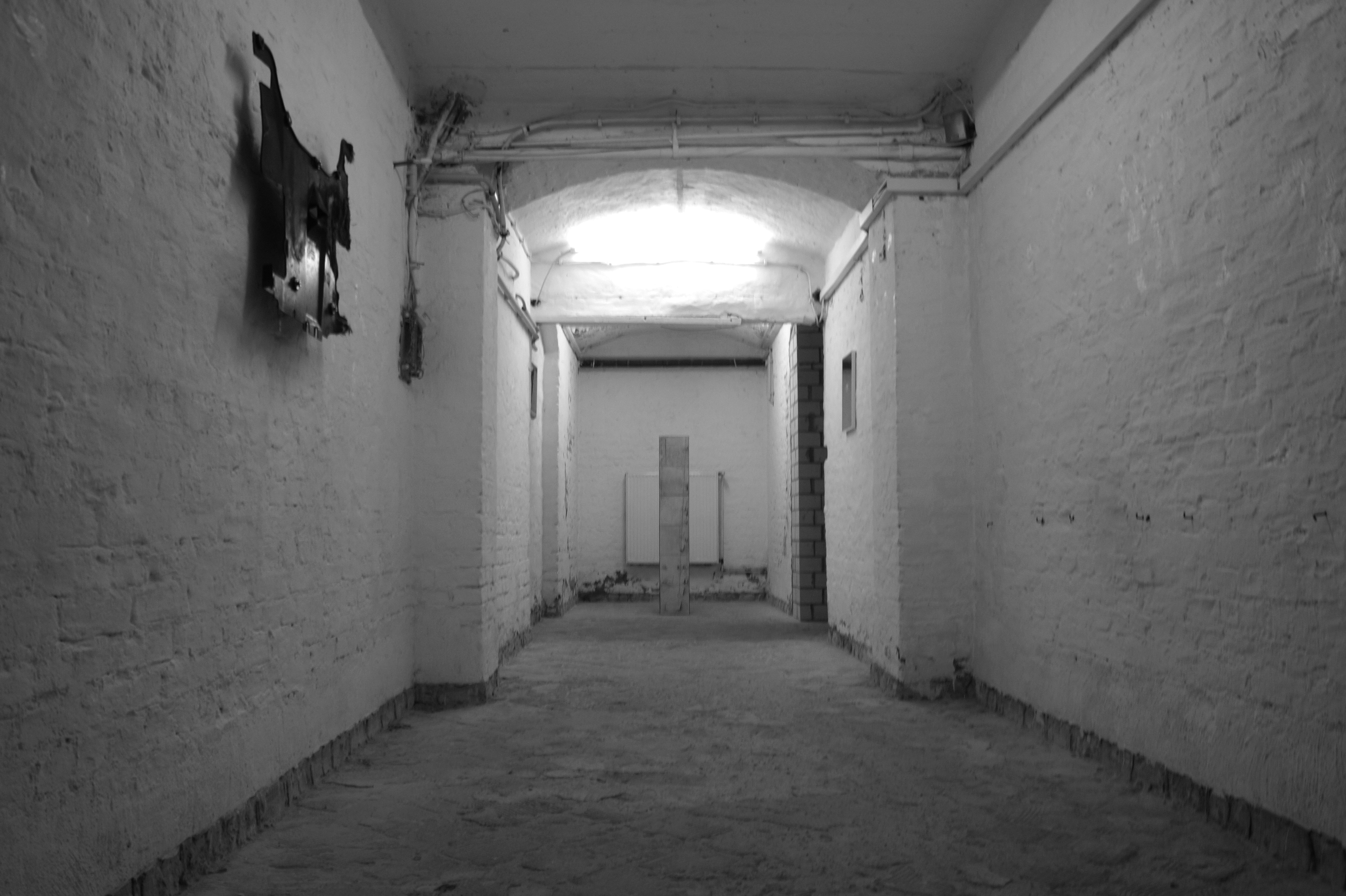
Installation view alongside works of Sophie Constanze Polheim and Jinseok Lee
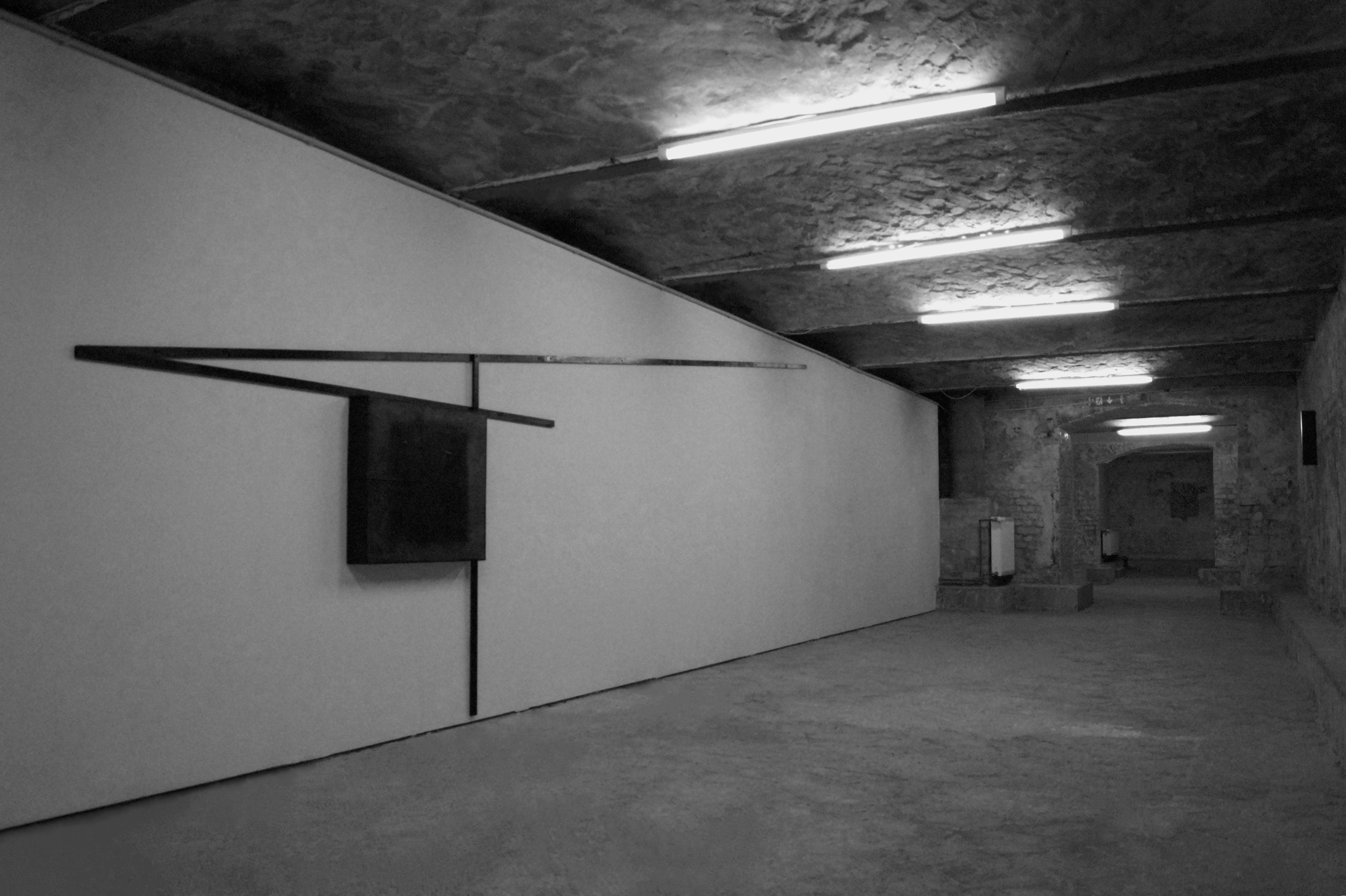
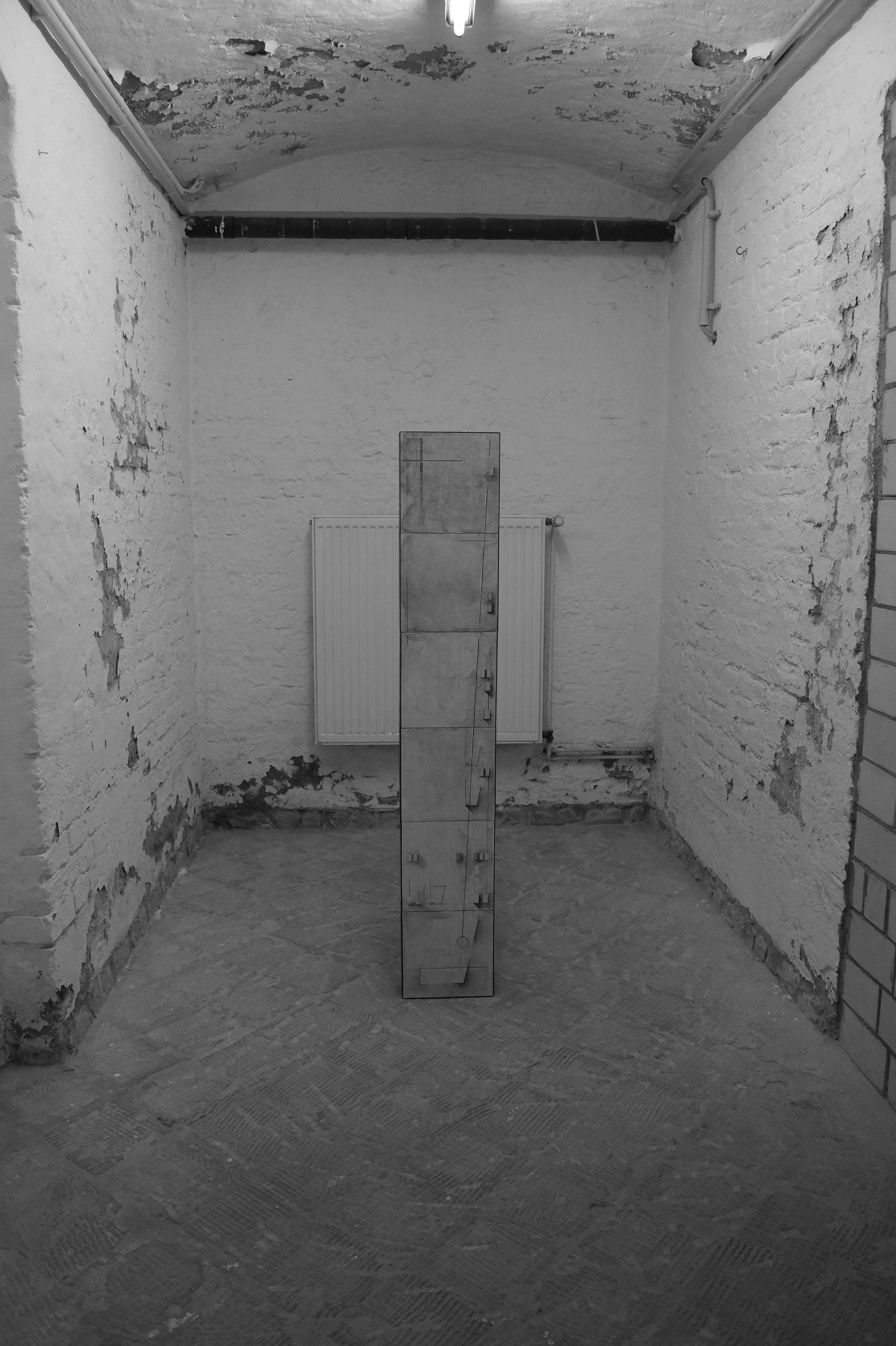
Cargo 200. Experimental projections on surfaces. 4.2., Acrylic, gesso, gelatine, wood board, 150 × 25 × 9 cm, 2024
